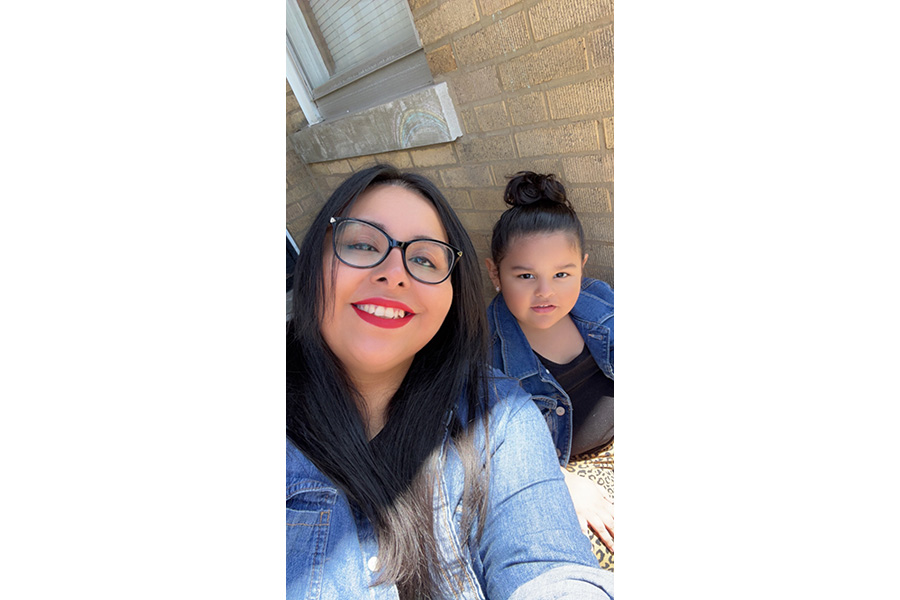I Think my Child is Dyslexic – Now What?
First things first: if you suspect your child has dyslexia, consult with a professional with specialized knowledge in language development to request an assessment. A speech-language pathologist who is certified by the American Speech, Language, and Hearing Association (ASHA), and who has training in reading disorders, is a good option. For a more comprehensive assessment, I recommend an educational psychologist who can perform a psycho-educational evaluation to look at areas of academic functioning as well as cognitive or intellectual capability.
According to the International Dyslexia Association (IDA), dyslexia is defined, on a very basic level, as follows: a specific learning disability where a child struggles with recognizing words, translating letters into words and the spelling of words. This is due to a difficulty with phonological development. Dyslexia further impacts reading comprehension, vocabulary development and learning content by reading.
Evaluation
On par with how your public school district’s Child Study Team will find eligibility, the evaluator will look for an achievement-aptitude discrepancy of a minimum of 19 points or 1 standard deviation. Request that your evaluator further administers a Dyslexia assessment, such as the Feifer Assessment of Reading (FAR) or the Feiffer Assessment of Writing (FAW) in order to determine the type of dyslexia or dysgraphia. This will further allow your evaluator to determine if your child meets criteria for a specific learning disability within the area of reading, writing or reading comprehension.
Dyslexia and Your Child’s Individualized Education Plan (IEP)
Once you have this diagnosis, request an Initial Identification meeting. Put your request in writing via an email and/or a physical letter that can be handed to the Assistant to the Director of Special Services. A sample letter can be found below. Request a date stamp and a copy of your stamped letter. Once you are sitting with the Child Study Team for an Initial Identification Meeting, share a copy of the report and request an Individualized Education Plan (IEP) for your child under the eligibility category of Specific Learning Disability.
You are then requesting Pull Out Resource within the areas of reading and writing with a special education teacher who can modify the curriculum for your child. The program that is most empirically validated for dyslexia is known as the Orton Gillingham or Wilson program, a multisensory instructional system.
Classroom Accommodations
The following is a list of accommodations that can be incorporated into your child’s IEP:
- Provide multi-sensory instruction as well as multisensory demonstration of a task.
- Provide a visual (e.g., a manipulative, video or physical demonstration) in conjunction with a newly learned concept in an effort to help student to develop a visual representation. This will serve to improve memory and learning for future recall.
- Present 1-2 directions or tasks, as your child is likely to become overwhelmed and struggle with follow-through.
- Present small chunks of new information that contains many details and allow for consolidation of information before presenting more new information.
- Provide limited information and greater white space on hand outs and worksheets.
- Ask your child if they are ready prior to presenting new information or providing instructions.
- Read out loud to your child, as this will improve comprehension as well as the ability to make connections.
- Use a visual-graphic organizer to brainstorm ideas for written work.
- Break down a complex task into smaller tasks (no more than 1-2 steps).
- Provide assessments that use multiple choice rather than fill in the blank or an open-ended format, so that your child is better able to recognize rather than retrieve information he has learned.
- Discuss newly presented information out loud as this helps your child to make connections and engage in higher level thinking.
- Allow your child to brainstorm out loud while a teacher or paraprofessional scribes thoughts when preparing an essay or written response.
- Incorporate audio books so that your child can see and hear the correct pronunciation of words. This will also serve to improve comprehension.
- Encourage your child to edit written work out loud so that theymay hear where words or punctuation might be missing, inconsistencies in logic, or areas where more information is needed.
- Support your child with positive praise, encouragement and feedback on a consistent basis.
- Ask your child to repeat back instructions or information to ensure accuracy of comprehension.
Sample Letter for Your Child’s School
Below is a sample letter for requesting an Initial Identification Meeting (IIM) with your child’s Child Study Team (CST):
Dear (Insert Name of Director of Special Services):
I am writing to you on behalf of my child, (insert first and last name), who is presently in (insert your child’s grade), with (insert teacher’s name).
At this time, I would like to request a Child Study Team meeting in order to review my child’s academic progress and needs.
Kindly advise of a date for our meeting within the next 20 days.
Sincerely,
(Insert your name here)
(Insert your phone number here)
(Insert your email here)














